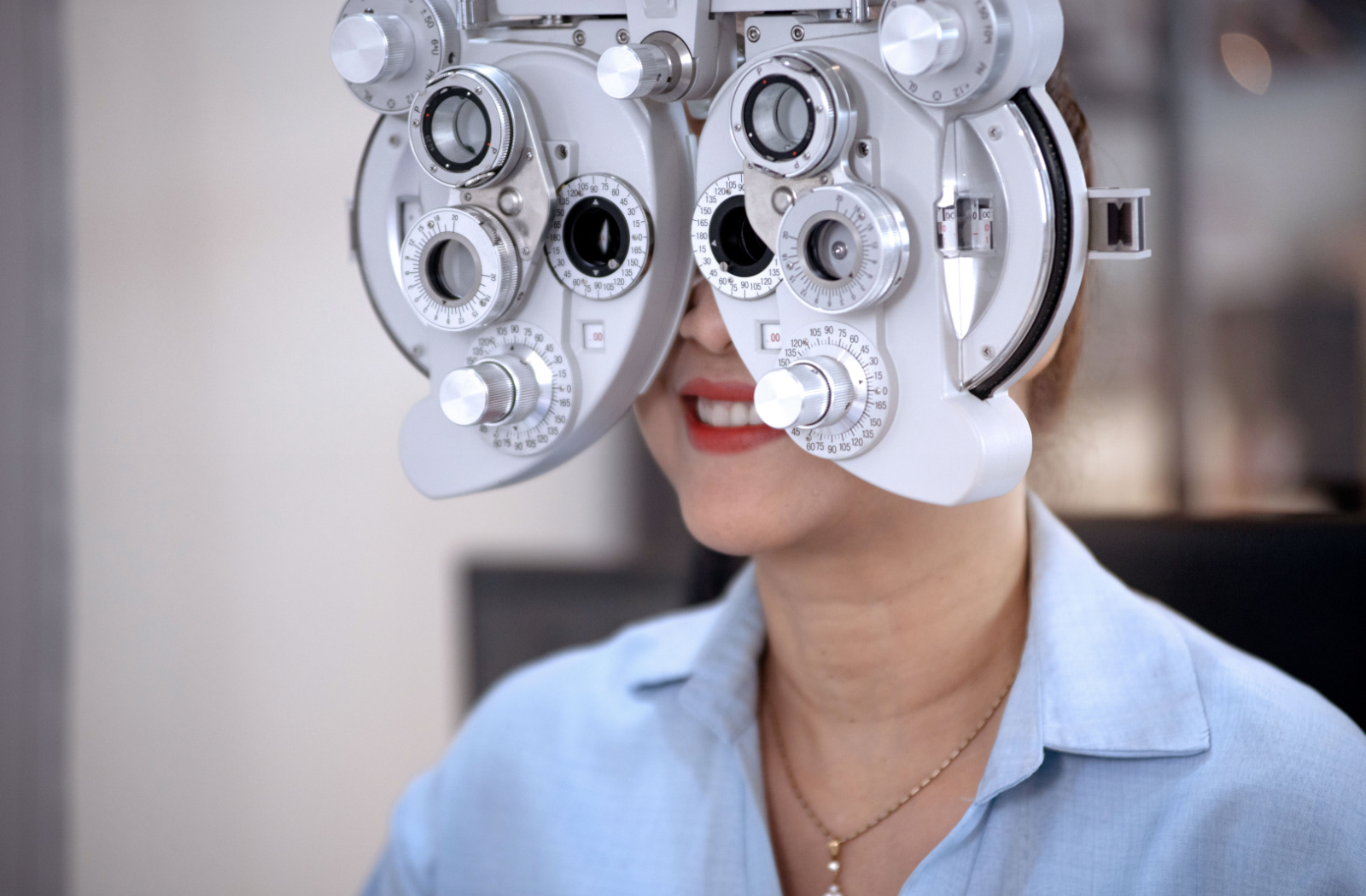Featured
Table of Contents

The realm of vision modification is quickly evolving, driven by groundbreaking technical improvements that are improving just how we perceive and deal with eye health. From laser surgical procedures to cutting-edge eyewear, the options readily available today are not just a lot more reliable however also cater to the one-of-a-kind demands of each person. In this blog, we will explore how technology is improving vision modification options, causing boosted patient results and complete satisfaction.
1. Laser Technology Innovations.
At the leading edge of vision improvement technology are innovative laser treatments like LASIK and PRK. These techniques have actually been revolutionized by the introduction of femtosecond lasers, which create controlled and accurate cuts in the cornea, decreasing discomfort and boosting recuperation time.The current innovations, such as topography-guided LASIK, enable a customized treatment strategy that accounts for the distinct curvature of a client's cornea. This level of customization not only raises the accuracy of the procedure yet likewise lowers the risk of issues, causing clearer vision post-surgery.
2. Smart Get In Touch With Lenses.
The growth of clever contact lenses stands for a substantial leap in vision adjustment modern technology. These lenses can check numerous health specifications, such as glucose levels in diabetics or intraocular stress for glaucoma clients.By integrating sensing units into the lens layout, producers are developing a product that goes past vision adjustment, offering beneficial health and wellness details in real-time. As research study in this field advances, clever contact lenses can potentially change just how we handle eye health and wellness and problems connected to vision.
3. Advanced Intraocular Lenses (IOLs)
For clients undertaking cataract surgical procedure or looking for services for presbyopia, advanced intraocular lenses have come to be a game-changer. Today's multifocal and toric IOLs are designed to give clear vision at numerous ranges, minimizing dependence on glasses for everyday activities.New modern technologies permit for the personalization of IOLs based upon individual lifestyles and visual needs. Fitting IOLs can move their focus based on the eye's position, supplying a much more all-natural visual experience. These developments ensure that clients appreciate much better aesthetic outcomes after surgery, enhancing their high quality of life.
4. Telemedicine and Remote Tracking.
The COVID-19 pandemic sped up the adoption of telemedicine, and this fad has actually prolonged into eye treatment. People can now seek advice from with eye treatment experts from the convenience of their homes, discussing symptoms and therapy options without the need for in-person visits.Remote surveillance gadgets that attach to smartphones or tablet computers enable individuals to track their eye health and wellness and vision adjustments gradually. This data can be shown to healthcare suppliers, guaranteeing timely interventions and customized treatment strategies. The benefit and ease of access of telemedicine are particularly valuable for individuals with flexibility challenges or those living in rural areas.
5. Artificial Knowledge in Eye Care.
Man-made knowledge (AI) is increasingly becoming an important component of eye care. AI formulas are utilized to evaluate big collections of data, enabling early detection of conditions like diabetic retinopathy and macular degeneration through retinal imaging.AI can aid eye treatment professionals by highlighting problems that might call for further examination, improving diagnostic precision and effectiveness. By simplifying the diagnostic procedure, AI not just boosts individual treatment however also permits more timely treatment interventions.
6. Personalized Eyewear Solutions.
The increase of personalized glasses has actually transformed exactly how individuals approach vision modification. Advanced 3D printing innovations enable the production of customized structures and lenses tailored to a client's one-of-a-kind face structure and vision requirements.In addition to visual advantages, individualized glasses improves convenience and effectiveness. Clients can now pick from various lens choices, consisting of blue light blocking, photochromic, and high-index lenses, guaranteeing they discover the excellent service for their way of life and aesthetic choices.
Conclusion.
Technology is considerably transforming vision improvement alternatives, leading to better results and increased satisfaction for individuals. As these technologies continue to develop, clients can anticipate an extra individualized and effective approach to vision improvement, inevitably enhancing their top quality of life.Table of Contents
Latest Posts
Gutter Installation and Repair Services
Published Nov 23, 24
2 min read
Remaining Ahead of the Contour: How Regional Vehicle Fixing Shops Maintain Upgraded with Modern Technologies and Repair Service Techniques
Published Nov 23, 24
0 min read
The Ultimate Guide to Choosing the Right Venue
Published Nov 23, 24
1 min read
More
Latest Posts
Gutter Installation and Repair Services
Published Nov 23, 24
2 min read
The Ultimate Guide to Choosing the Right Venue
Published Nov 23, 24
1 min read